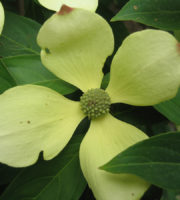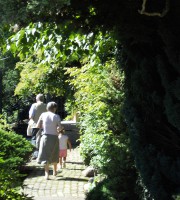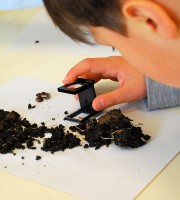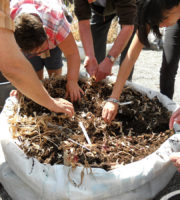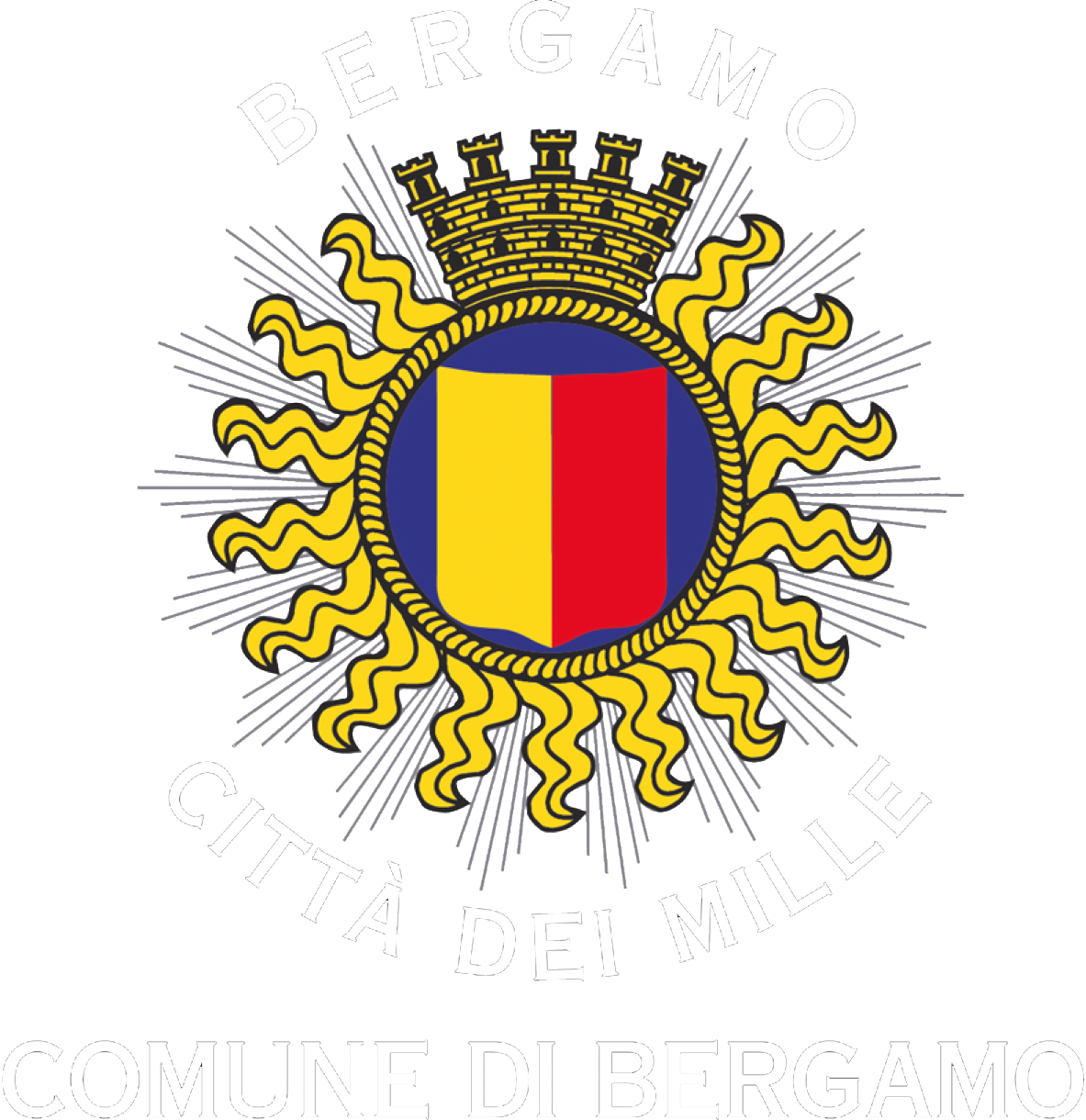The Botanical Garden is an interface between the Kingdom of the plants and the audience with the task of convincing, transmit knowledge on many issues that affect the plant world and to this end we make use of tools, methods and resources in order to make our actions more affective. From this was born the project of multimedia trails, interactive and sensory that you can find in the “Valley of Biodiversity” with the intention of offering a new experience to come into direct contact with the world of plants.
Route of the canvases “what plants feed the man on the planet?”
 Along the main route there are 12 stations that have the task of responding to the question “what plants are feed the man on the planet?”.
Along the main route there are 12 stations that have the task of responding to the question “what plants are feed the man on the planet?”.
The Kingdom of Plants offers Mankind great opportunities to meet its needs. Not all species are equivalent. The search for those that can trusted, accompanies the history of mankind and is not yet completed. The harvesting of wild species, their cultivation and the progressive artificial selection of the best results are the basis of the domestication process, similar to what happened with species of wild animals, domesticated today. Domestication is a process that has marked a turning point, to the point that we now can say that agriculture is the engine of civilization.
The 10 main families of the “Valley of Biodiversity”
Among the flower beds where they grow, over 1000 varieties of plants useful to man become a new iconographic communication system that identifies and provides the visitor with the contents of the flower beds to facilitate the understanding of the plants and their connection to the main botanical families exposed, are recognizable during the visit through a color that distinguishes them.
The reference is to the top 10 botanical families present at Astino, where a color code has been assigned for easy recognition.
For every flowerbed representative of each of these families, there is an exhibit to manipulate where the visitor can find the most important information and different types of study related to the nutritional values, habits, history, curiosities on plants grown in the Valley of Diversity, useful to understand the relationships between different plant species and Mankind, both in Italian and English.
The structure was made of wood, of prismatic shape with a triangular base, with information printed on three sides and mounted horizontally on an iron bar fastened to two chestnut poles driven into the ground. This solution makes the revolving structure, allows the visitor to interact with it in relation to the degree of interest, to read the contents without large overall size. The whole structure can be moved from a flower bed to the other, depending on the crop rotation of the families.
And the ten families represented are: SOLANACEAE, FABACEAE, AMARYLLIDACEAE, Lamiaceae, ASTERACEAE, APIACEAEA, POACEAE, Brassicaceae, AMARANTHACEAE, CUCURBITACEAE.
The tactile and sensory stations: sniffing, touching, watch, listen
Easily identifiable by a pole that will point the thematic itinerary, along the way you will find exhibitors with insights on the theme intuitive, playful and interactive. There are 4 themes chosen for rest areas, scattered around the outside perimeter of the Botanical Garden, that will allow you to discover how plants interact in our lives not only with the food and decorative appearance.
Through installations you discover intuitively the plants that are used to produce biofuels, photosynthesis process, an experiment to extract energy from potatoes.
Plants with curative and preventive capabilities:
The medicine had always used plants to extract active ingredients and turn them into medicines. In these installations you can find a flowerbed with some plants that have healing and medicinal qualities and that you can touch and smell. A small mortar will serve you to experience what aromas are given off by plants when they “pounded”.
Plants with high nutritional values:
Many plants have nutritional powers but some are more valuable than others. These installations will provide some information on these plants, their nutritional value, their use, and some advice on good eating habits.
Plants that nourish the planet:
The most important issue that cuts across all the others. Installations that want to emphasize the concept of sustainability and the ecological footprint, explaining how our lifestyle and diet can affect the planet. You will find the tile with a representation of the “food pyramid”, ‘”water footprint” and the ecological footprint that will provide you with useful information.
A tile made with 3D technology will allow you to trace the seeds and ears of rice, of corn and grains.
Long poles will show the medallions with images of the most representative plants of the itinerary.
Some materials have been realized thanks to the collaboration with the Foundation of the “Barilla Center for Food & Nutrition” (BCFN Foundation).
The installations were made primarily of wood, with materials suitable for outdoor use and compatible with the graphic language and essences already in the Botanical Gardens
The project was conceived and produced by Made It Up, with the support of the Lombardy Region, as part of L.R. notice 39/74, annuity 2015, for the enhancement of the local government museums “.
